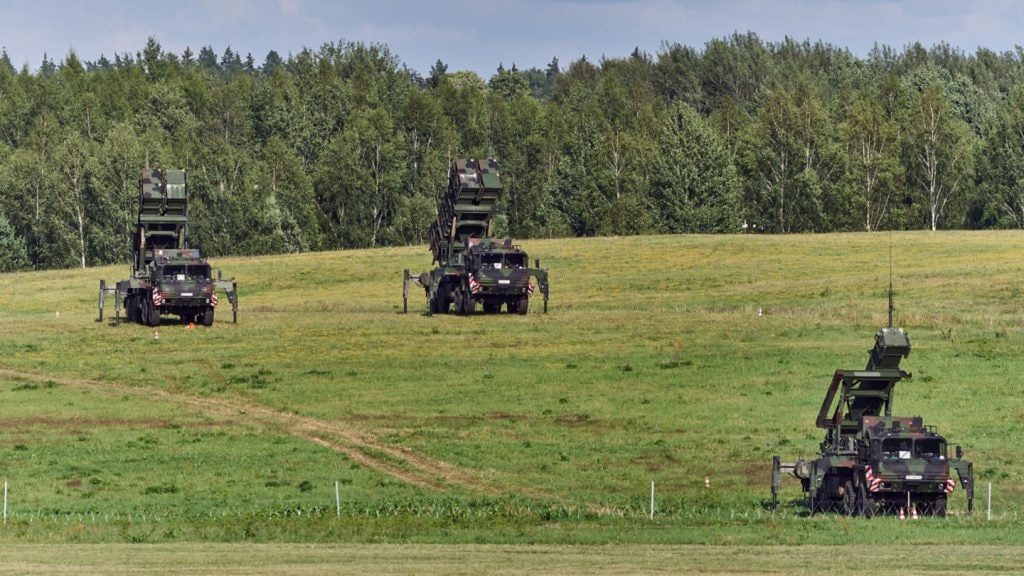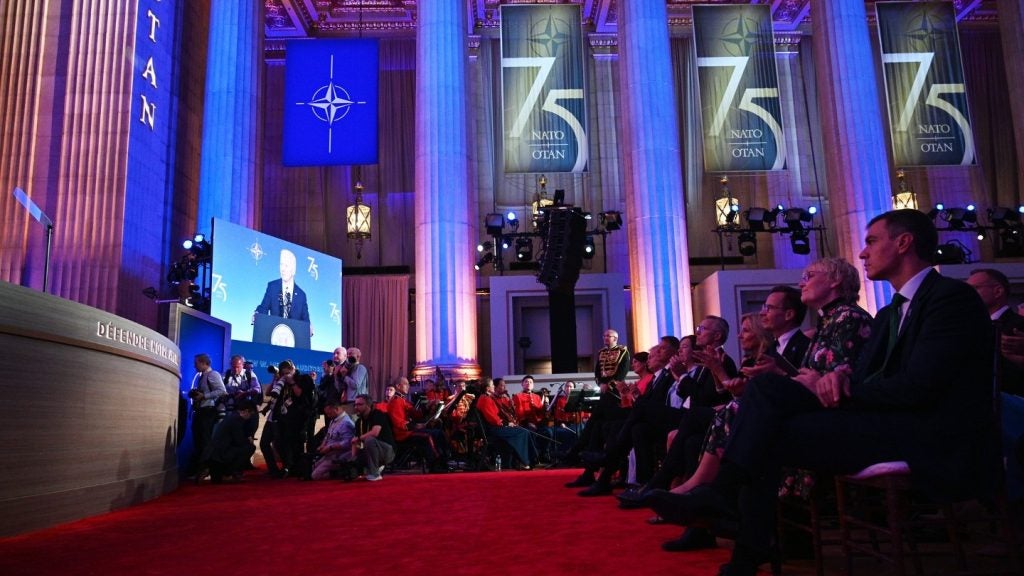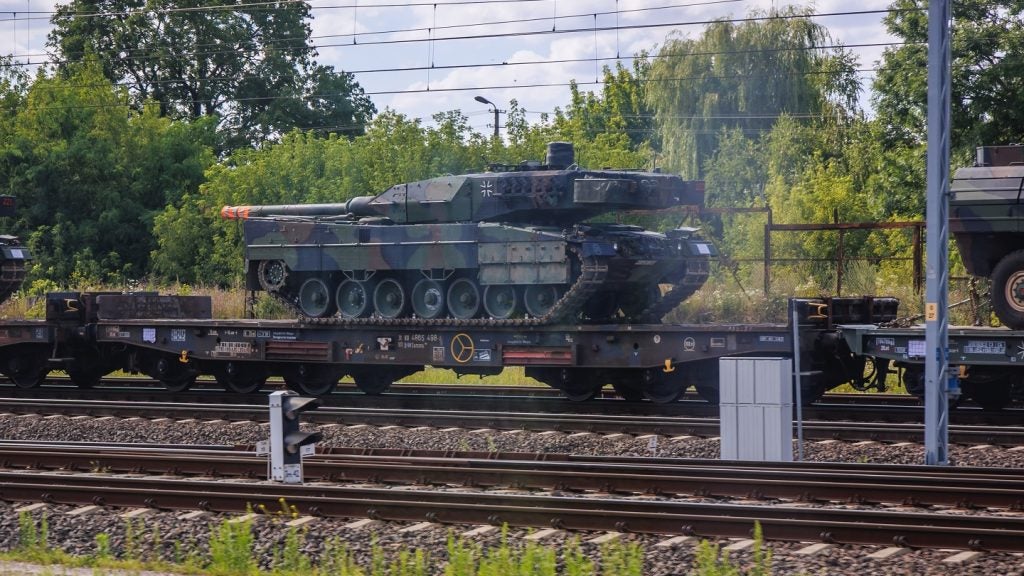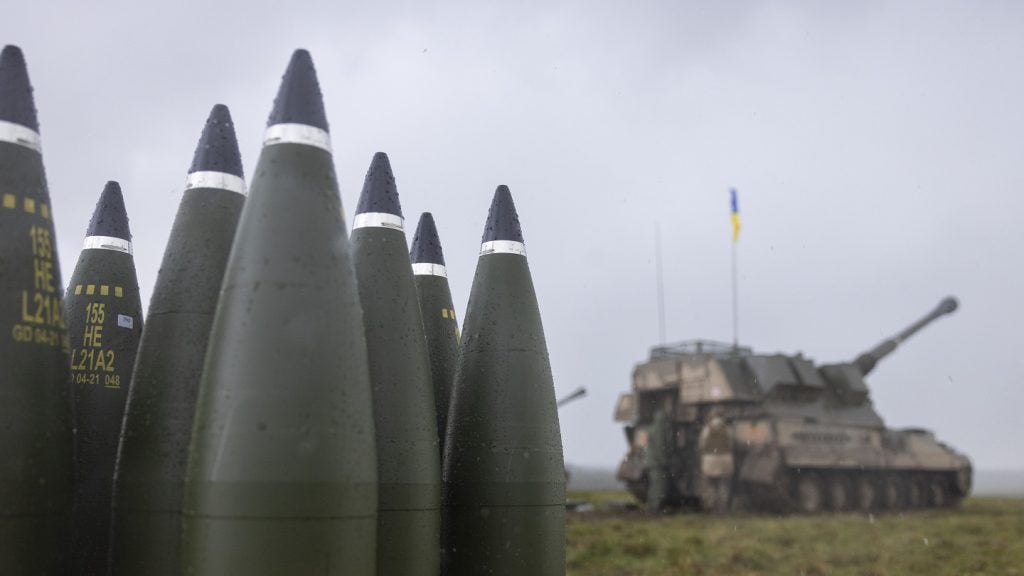With the end of the war in Afghanistan, militaries are transitioning away from counterinsurgency operations.
Given current geopolitical tensions over Ukraine and Taiwan, Western and Nato forces are adopting an expeditionary posture more suited to high-intensity warfare.
This force structure emphasises independent and mobile infantry units able to operate with little logistical support.
The threat of a peer adversary conflict has forced militaries to rethink current doctrines, and service members will be required to operate in an increasingly lethal, networked, and digitised battlespace.
This shift in priorities has resulted in various military organisations pushing for manned-unmanned teaming (MUM-T) across the land and air domains to enhance both survivability and situational awareness.
See Also:
MUM-T entails the synchronised employment of human operators or manned platforms and unmanned vehicles, robotics, and sensors to achieve enhanced situational awareness, lethality, and survivability.
How well do you really know your competitors?
Access the most comprehensive Company Profiles on the market, powered by GlobalData. Save hours of research. Gain competitive edge.

Thank you!
Your download email will arrive shortly
Not ready to buy yet? Download a free sample
We are confident about the unique quality of our Company Profiles. However, we want you to make the most beneficial decision for your business, so we offer a free sample that you can download by submitting the below form
By GlobalDataAI is increasingly viewed as the most important emerging technology in the defence industry.
One of the major advantages of increased automation is that it facilitates the implementation of various MUM-T concepts currently being developed to suit the operational requirements of various militaries and service branches.
MUM-T plays an increasingly significant, mission-critical role in military aviation. It acts as a force multiplier and provides the necessary capabilities to support often dangerous tasks over expansive areas of operations.
Using the strengths of both manned and unmanned systems leads to greater safety and therefore lower risk to human assets.
For soldiers, AI can analyse battlefield data, with the resulting information being processed and delivered using AR technologies to provide visualisation aids and assist with weapon targeting.
The technology can be used to identify and classify threats, prioritise targets, and calculate distances.
Such systems take information from multiple sensors across the battlefield to generate a complete picture.
Human soldiers will still control most military actions in the near-term, but AI will provide easy-to-understand analysis and recommendations based on datasets that are too large for unaided humans to comprehend.
Elbit is a leader in lethal autonomous weapons (LAWs). To this end, Israeli defence technology provider Elbit Systems has unveiled a novel combat drone called Lanius, which can recognise and detonate explosives at specific targets using AI-assisted algorithms.
The new drones are commonly referred to as ‘suicide’ or ‘kamikaze’ drones. These tiny AI-enhanced drones independently scan and identify buildings in metropolitan areas for potential threats.
Elbit’s Lanius is an example of a loitering munition. These are a type of UAV that contains an explosive warhead, designed to ‘loiter’ and identify and engage targets of opportunity beyond line-of-sight.
Loitering munitions are frequently transportable and intended to give ground forces like infantry access to precision-guided weapons systems.
Elbit’s Lanius platform employs the motor and airframe from racing quadcopter drones to optimise the platform for speed and agility.
Lanius maintains the ‘human-in-the-loop’ safeguard, thus preventing the drone from engaging even armed targets unless the operator provides prior approval, underlining the ever-present concern regarding LAWs.
Ethical considerations may become an afterthought as LAWs increasingly become commonplace on the battlefield, and serious regulatory concerns will be raised surrounding their use, especially around target misidentification and decision-to-fire capability.
Despite this, countries such as the US, Russia, India, and Israel are committed to developing these weapons, having previously blocked UN talks on banning their use.
As with any military technology, fear of lagging behind other countries may drive technological development regardless of the ethical questions it raises.











Related Company Profiles
Elbit Systems Ltd